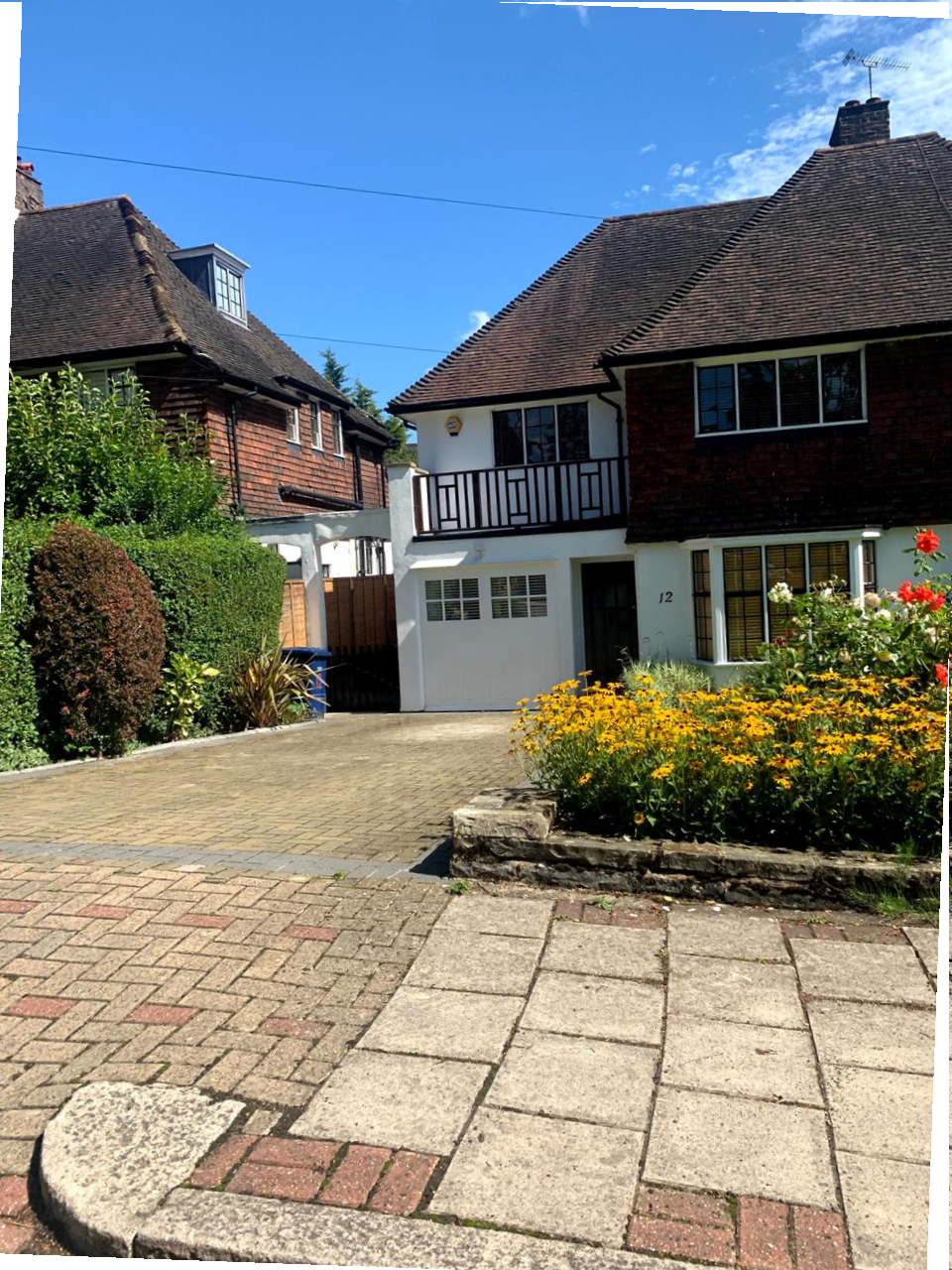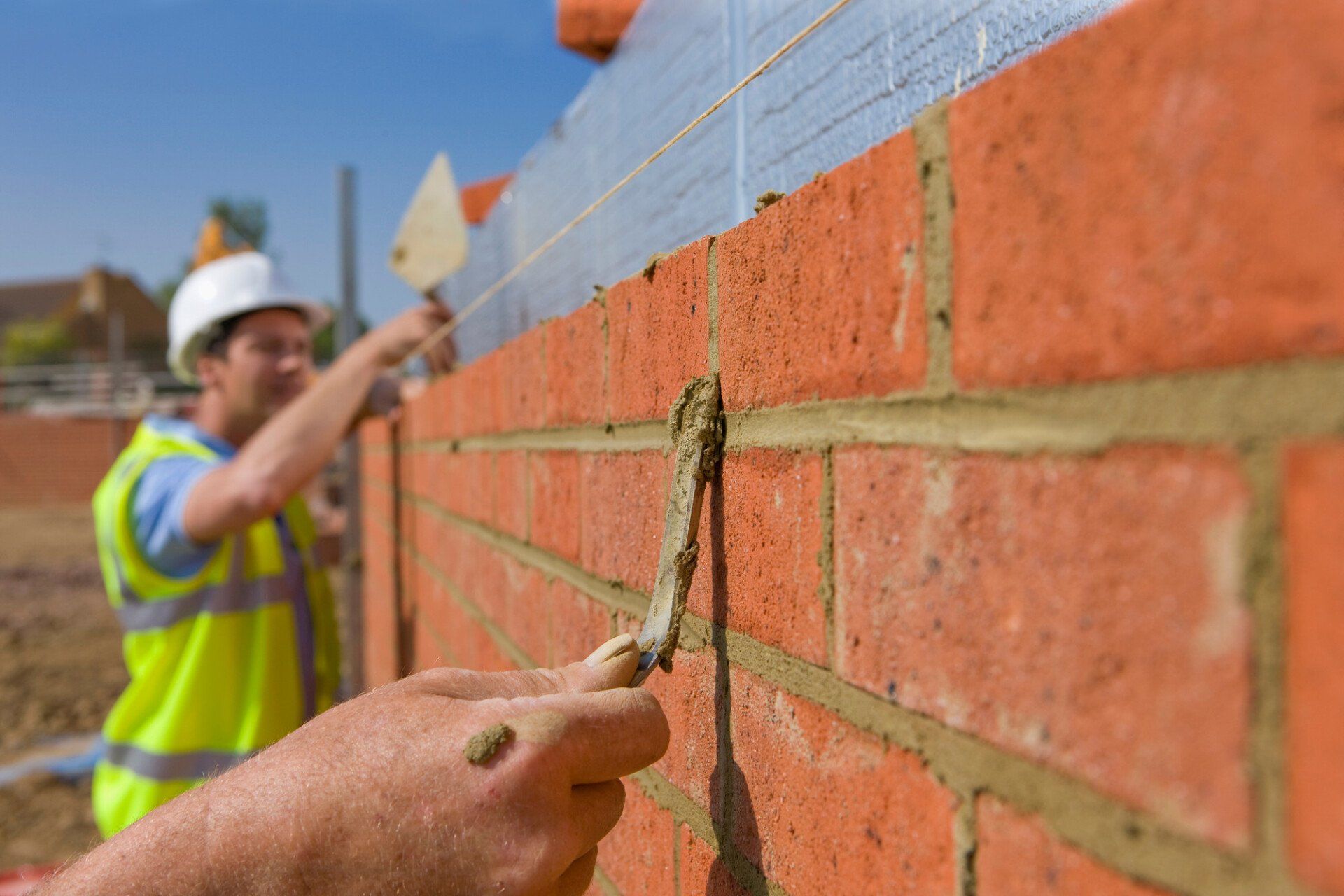Party Wall Surveyor in Cambridge
When it comes to property ownership, especially in densely populated areas like Cambridge, navigating the intricacies of party walls can be a challenge. Whether you're planning renovations, extensions, or dealing with boundary disputes, having a reliable party wall surveyor is essential. In this blog post, we'll introduce you to Adam Joseph, a trusted party wall surveyor in Cambridge, and delve into why their services stand out in ensuring smooth property transactions and construction projects.
Understanding Party Walls
Before diving into Adam Joseph's expertise, let's briefly understand what party walls are and why they matter. A party wall is a shared wall or structure between two adjoining properties, commonly found in semi-detached or terraced houses. It serves as a boundary line and requires special considerations when alterations or repairs are planned, as per the Party Wall etc. Act 1996 in the UK.
Who is Adam Joseph?
Adam Joseph is a highly experienced and qualified party wall surveyor based in Cambridge. With a background in construction and a deep understanding of property laws and regulations, Adam Joseph offers comprehensive services related to party wall matters, ensuring that property owners navigate legal requirements and maintain positive relationships with their neighbors throughout the process.
Services Offered by Adam Joseph
Party Wall Notices and Awards: Adam Joseph assists property owners in serving and responding to party wall notices as per legal requirements. They ensure that all necessary documentation is prepared accurately and in a timely manner, avoiding delays in construction projects or property alterations.
Pre-Construction Surveys: Before commencing any construction work that may affect party walls, it's crucial to conduct pre-construction surveys. Adam Joseph conducts thorough surveys to assess the condition of party walls and neighboring properties, documenting existing structures and potential areas of concern.
Boundary Disputes Resolution: In cases where boundary disputes arise concerning party walls, Adam Joseph provides expert guidance and mediation services. They strive to resolve disputes amicably, minimizing conflicts and legal complications for property owners.
Party Wall Agreements: Upon reaching agreements between neighboring property owners, Adam Joseph facilitates the creation of party wall agreements (also known as party wall awards) that outline the rights and responsibilities of each party regarding proposed construction or alterations affecting party walls.
Expert Advice and Consultation: Beyond specific services, Adam Joseph offers expert advice and consultation on party wall matters. They educate property owners about their rights and obligations under the Party Wall etc. Act 1996, ensuring compliance with legal frameworks and fostering transparent communication between parties.
Why Choose Adam Joseph?
Experience and Expertise: Adam Joseph brings years of experience and expertise in party wall surveying, backed by a solid understanding of construction practices and property laws.
Personalized Approach: They prioritize personalized services tailored to each client's unique needs, ensuring that every aspect of party wall matters is handled with attention to detail.
Professionalism and Integrity: Clients trust Adam Joseph for their professionalism, integrity, and commitment to upholding ethical standards in all their dealings.
Efficiency and Timeliness: With a focus on efficiency and timeliness, Adam Joseph strives to streamline the party wall process, minimizing delays and ensuring smooth project execution.
Client Satisfaction: The ultimate goal of Adam Joseph is client satisfaction. They prioritize clear communication, proactive problem-solving, and delivering results that exceed expectations.
In conclusion, Adam Joseph stands out as a reliable and trusted party wall surveyor in Cambridge. Their comprehensive range of services, coupled with years of experience, expertise, and a client-centric approach, makes them the go-to choice for property owners seeking professional assistance with party wall matters. Whether it's navigating legal requirements, resolving disputes, or ensuring smooth construction projects, Adam Joseph's commitment to excellence sets them apart in the field of party wall surveying.
For friendly professional advice, contact us or call now and speak with a specialist Party Wall Surveyor.






Adam Joseph Chartered Surveyors is a trading name of Sherling & Partners Limited
Website: https://www.sherlingandpartners.co.uk
Registered Address: Balfour House, Suite 206, 741 High Road, North Finchley N12 0BP
Company Number: 10621087
VAT Number: 265816036
We serve clients in East Ham, Putney, North London, Essex, Finchley,
Birmingham, Richmond and Cambridge.
Our services includes Party Wall Surveyor & Level 3 Building Survey



